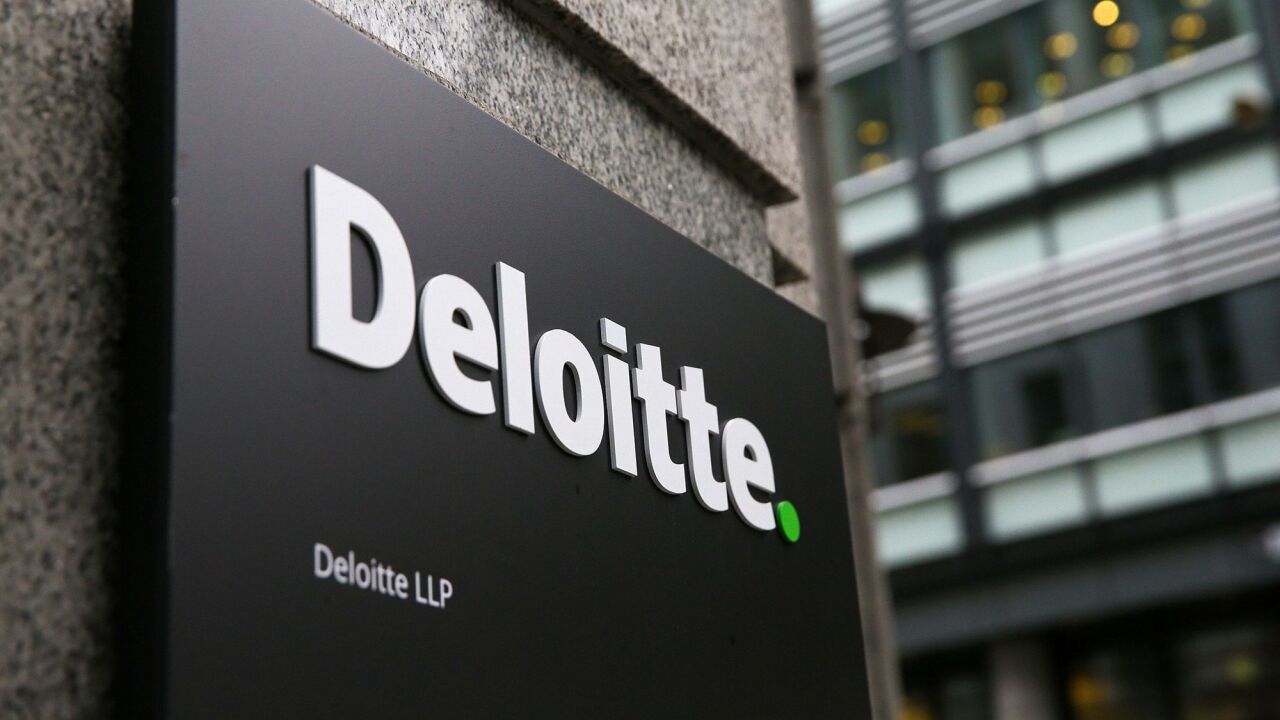With the recent economic slowdown, companies are under increased pressure to show stability, or even growth, and paint a rosy picture for investors. That pressure will undoubtedly cause some companies to engage in accounting fraud to distort their financial results, thereby misleading investors. As with most accounting scandals, companies are usually unable to sustain the deception, and the house of cards eventually collapses.
The following are 10 of the primary accounting schemes that we regularly see in our practice representing whistleblowers at the Securities and Exchange Commission. Under the SEC whistleblower program, individuals are eligible to receive monetary awards for bringing such frauds to light. In certain circumstances, compliance personnel, including auditors, accountants, officers and directors, may be eligible for awards under the program. Since 2012, the SEC has awarded more than $500 million to whistleblowers, which includes three awards to compliance officers.






